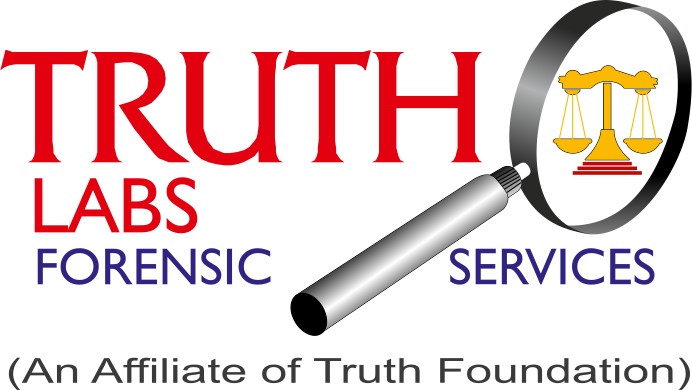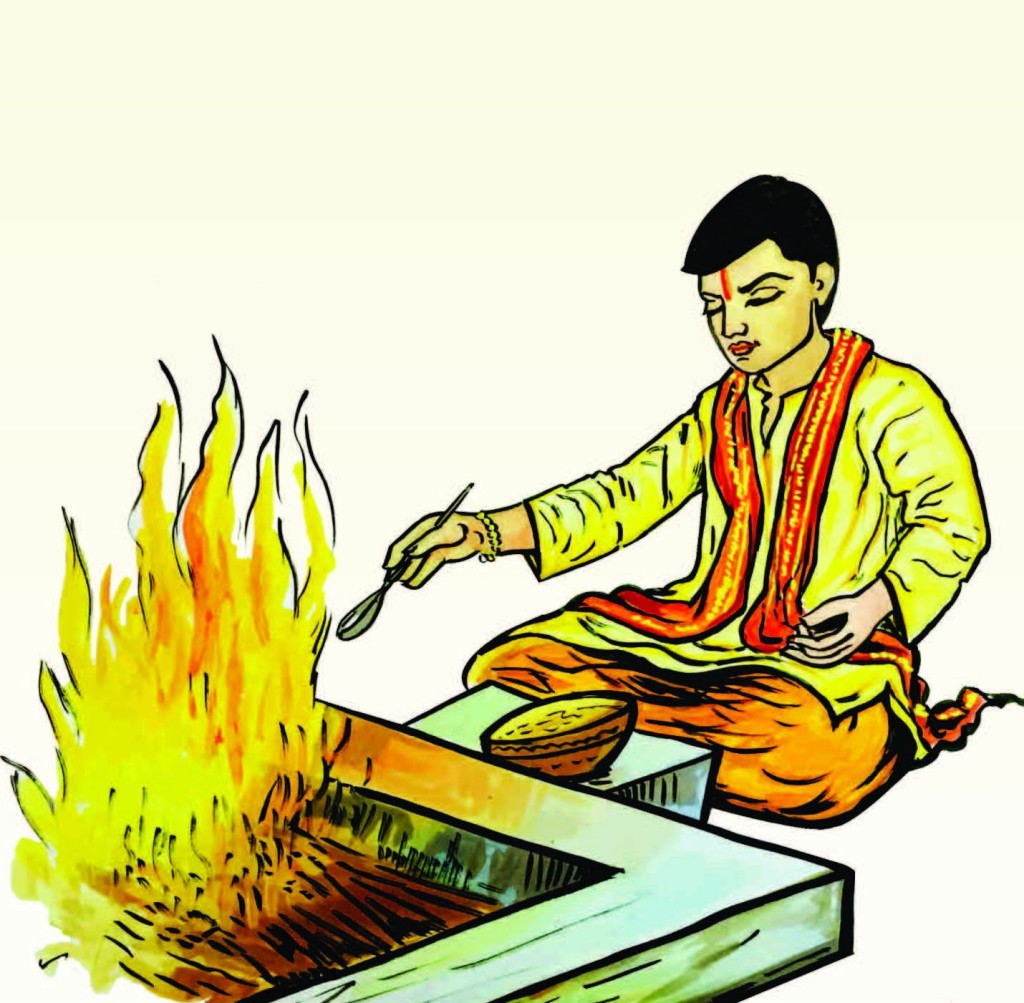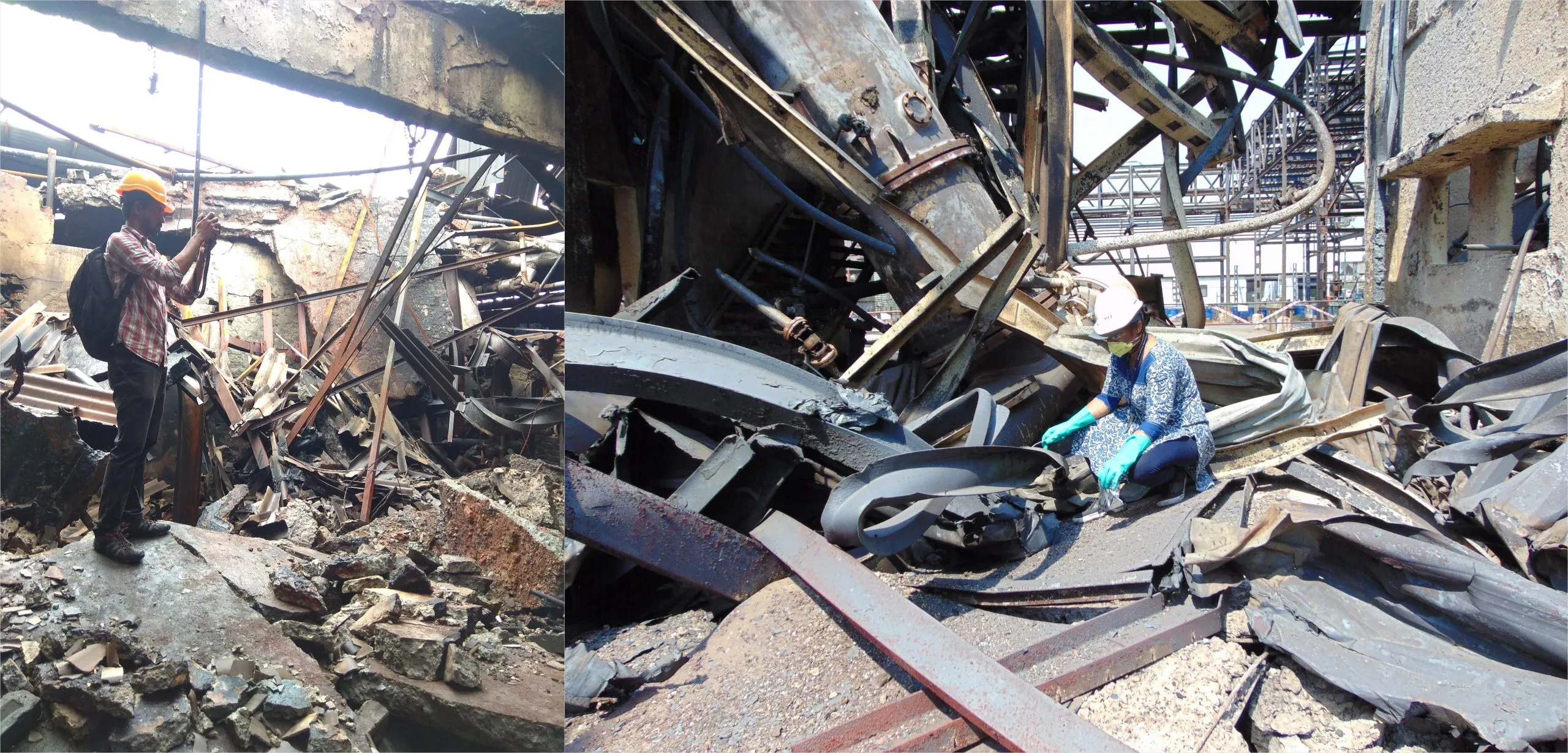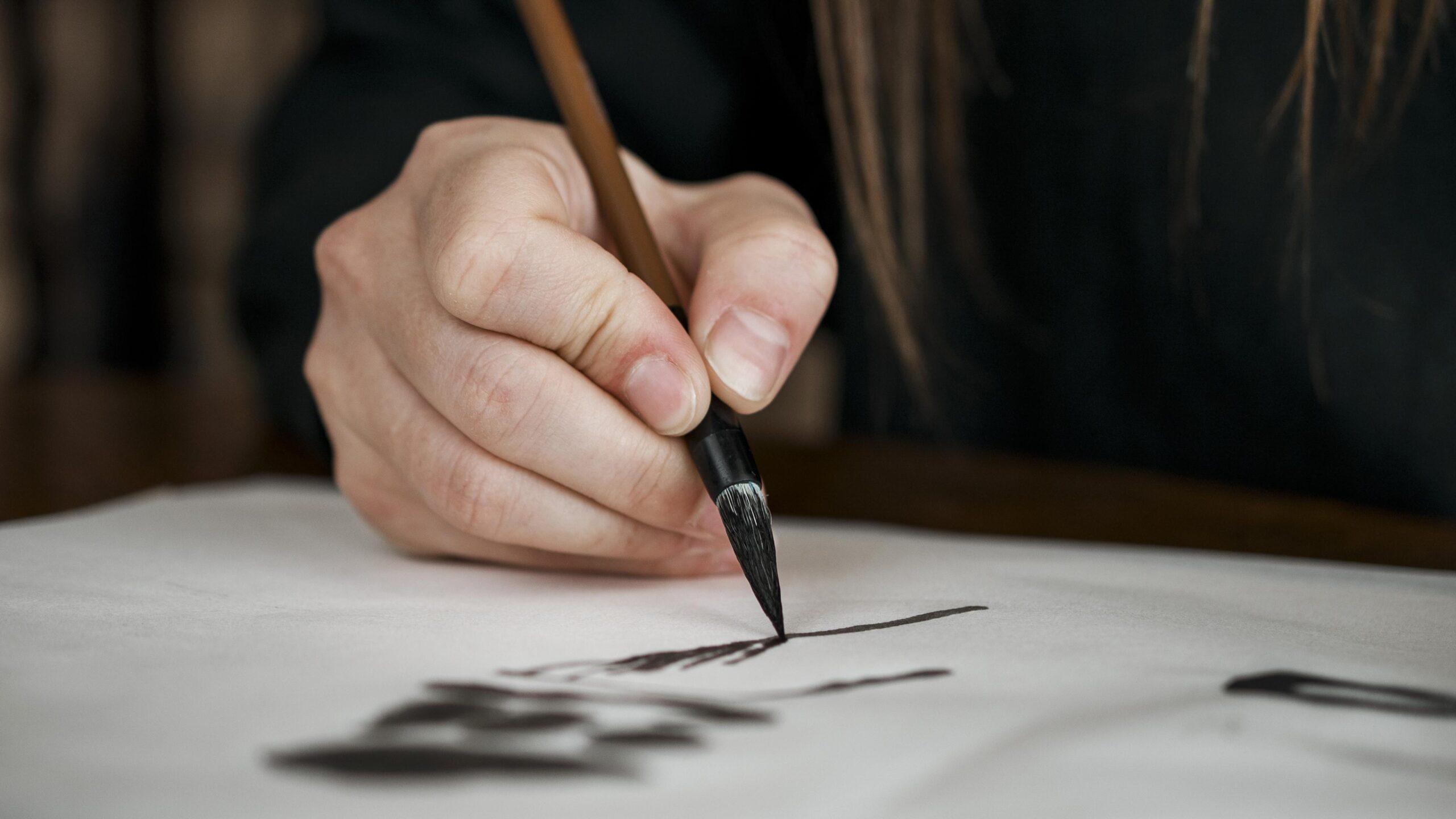A study in Forensic Image Analysis
In the intricate world of forensic image analysis, each photograph is a canvas that paints a narrative of events, sometimes bordering on the miraculous. In one such cases at Truth Labs where an image came for check of authenticity to prove a miraculous occurring, the experts embarked on a scientific journey, peeling back the layers of a photograph capturing the vanishing act of a priest during Hindu havan rituals. Our forensic image analysis focused on images that were questioned and standards that were retrieved from the recording device, delving into the realm of pixel-level analysis and exploring the scientific factors at play.
The questioned image appeared untouched by the hand of manipulation, but a closer examination through the lens of pixel-level analysis and scientific factors reveals a different story. Some scientific factors contributed to distortions:
- Exposure Time: The exposure time of 1/33 second is an incredibly short duration, capturing a fleeting moment in time during the havan rituals. This brief exposure allows for the meticulous scrutiny of the motion, providing insight into the complex interplay between hand and camera movement.
- Aperture Setting: A larger aperture setting of f/1.8 hints at the attempt to capture more light, a common strategy in low-light conditions. In this case, it not only allows for a brighter image but also contributes to the intentional blurring of the background, emphasizing the priest’s hand in motion.
- Focus and Environmental Conditions: The camera was focused on objects approximately 2 meters away through an air medium filled with smoke and high temperatures emanating from heating wood. This environment introduces unique challenges to image capture, with heat and smoke potentially impacting both the clarity of the image and the camera’s ability to focus.
- Impact of Heat and Smoke: Heat and smoke, as revealed by scientific inference, can significantly impact the color balance of an image, leading to unnatural or inaccurate colors and loss of detail. This aligns with the observed anomalies in questioned image highlighting the environmental factors at play during the havan rituals.
- Combined Effects: Heat and smoke distortion, coupled with the motion of the priest’s hand and the camera, contributed to the observed pixel-level distortions. This complex interplay results in parts of the object appearing blurred, wavy, out of focus, or even disappearing from view, creating an optical illusion that challenges the authenticity of the image.
- Camera Settings – ISO: Investigation into the camera settings during the capture of questioned and sample images revealed an ISO setting of 210. This setting, indicative of the camera sensor’s sensitivity to light, is deemed suitable for normal to high light conditions. However, in the context of the havan rituals, the high temperatures and the presence of smoke creates a unique lighting scenario that influences the image’s overall quality.
The Image authentication study concluded that, the image capturing the miraculous disappearance of the hand during Hindu havan rituals merges art and science. Scientific factors such as exposure time, aperture setting, and environmental conditions contribute to the narrative, shedding light on the complexities beneath the surface of visual narratives. This exploration in a Photo Forensics or Image Forensics case prompts a reevaluation of the authenticity of seemingly untouched images, emphasizing the significance of scientific rigor in uncovering the intricate details that shape our perceptions.



